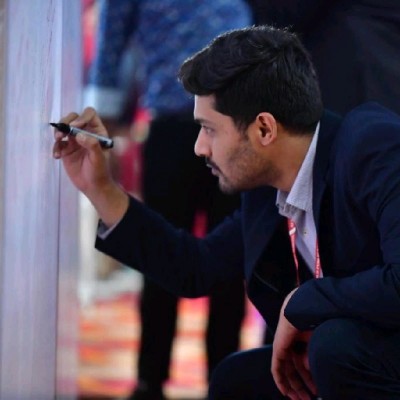“Won’t QR menus make our restaurant feel… cold?”
This is the number one concern I hear from restaurant owners considering digital menus. And I completely understand why.
You didn’t get into the restaurant business to become a tech company. You got into it because you love food, you love people, and you love creating memorable dining experiences.
The fear is real: Will technology rob your restaurant of its soul?
Here’s what I’ve learned after working with over 1,000 restaurants across India: The exact opposite happens.
Technology doesn’t replace human connection—it amplifies it. Let me show you how.
The Hospitality Paradox: More Tech = More Human Touch
Here’s a truth that surprises most people:
The restaurants with the most technology often provide the most personal, human service.
How is this possible? It comes down to understanding what true hospitality actually is.
What Hospitality Is NOT
Hospitality is not:
- Taking orders
- Bringing menus to tables
- Processing payments
- Answering basic menu questions
- Running back and forth with small requests
These are transactions—necessary, but mechanical.
What Hospitality IS
Real hospitality is:
- Reading a guest’s mood and adjusting your approach
- Remembering a regular’s favorite table
- Noticing when someone’s celebrating and making it special
- Anticipating needs before they’re spoken
- Making a nervous first-time guest feel welcome
- Turning a complaint into a memorable recovery
- Creating moments that make people say “I’ll be back”
The difference? Transactions can be automated. Hospitality cannot.
And here’s the magic: When you automate transactions, you liberate humans to do what they do best—actual hospitality.
The Traditional Restaurant Service Model (And Why It’s Broken)
Let me paint a picture of a typical evening shift at a 50-seat restaurant without digital technology:
7:00 PM – The Rush Begins
Waiter Ravi’s Evening:
- Takes menus to 4 tables (15 minutes)
- Returns to take orders from each table (20 minutes)
- Runs orders to kitchen (5 minutes)
- Answers “What’s in this dish?” 12 times (10 minutes)
- Brings water refills (8 minutes)
- Processes 3 payment transactions (18 minutes)
- Cleans and resets 2 tables (12 minutes)
Total time in one hour: 88 minutes of mechanical tasks
Time for actual hospitality: Maybe 12 minutes—and he’s exhausted
What got lost:
- He didn’t notice the couple at table 7 celebrating an anniversary
- He forgot to check on table 3 who looked confused by the menu
- He missed that table 5’s elderly grandmother needed a chair with better back support
- He never had time to chat with the regular at table 9
Result: Food was served. Payments were processed. But hospitality? Minimal.
This is the reality at most restaurants: Staff are drowning in transactions, with no energy left for connection.
The Technology-Enhanced Service Model
Now let’s see the same evening at the same restaurant—but with QR menus and digital ordering:
Waiter Ravi’s Evening (with Octap QR Menu System):
7:00 PM – The Rush Begins
- Greets guests warmly at entrance (actually makes eye contact, not rushed)
- Seats them at their preferred table
- “Your menu is right here—scan this QR code. I’ll check on you in a few minutes.”
What Happens Next:
Guests browse the menu on their phones. They see beautiful photos, read descriptions, filter by dietary preferences, and place orders—all without Ravi standing there waiting.
Ravi’s evening now looks different:
- Notices table 7 whispering about an anniversary → Alerts kitchen to prepare a complimentary dessert with “Happy Anniversary” written in chocolate
- Sees table 3’s elderly guest struggling with phone → Sits down, helps her scan the QR code, shows her how to filter for “No Onion No Garlic” (she’s Jain)
- Recognizes the regular at table 9 from the digital system alert → “Welcome back, Mr. Sharma! Would you like your usual corner table next time? I’ll make a note.”
- Table 5 orders extra spicy biryani, but Ravi knows this dish can be overwhelming → Proactively brings raita and warns them with a smile
Time spent on mechanical tasks: 15 minutes Time spent on actual hospitality: 45 minutes
Result: Food was served. Payments were processed. And genuine connections were made.
Ready to Enhance Your Hospitality?
If you want to see how technology can amplify (not replace) your human service:
👉 Start Free Trial – Experience the system yourself (30 days, no credit card)
Or if you’d like to discuss how this would work specifically for your restaurant:
👉 Book a Free Consultation – We’ll talk about your concerns and design a custom approach
Remember: The best technology is invisible. It works behind the scenes so your humanity can shine on stage.

Kunal Lakhni builds Octap, a platform that lets guests order and pay from their phones while giving restaurants data-driven insights to grow. Discover more at octap.in

